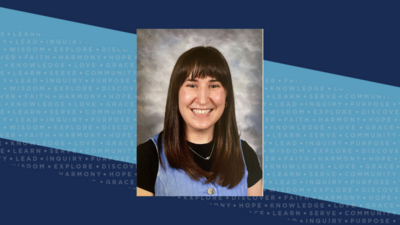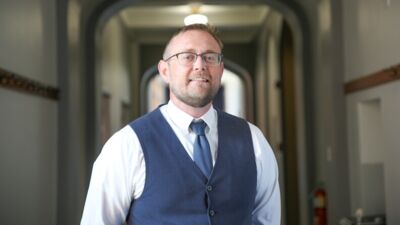Trends Driving Human Service
It seems with any industry there is always a "hot topic" or "buzz word" being thrown around as the topic du jour. In the human services profession we have managed to skip much of the ever changing vernacular and oft changing focus. However, with increased attention on addiction and its effects on culture and society, the industry has started to see more trends that are driving regulations and how we view and do “business”.
One of the most widely discussed is the concept of “social determinants of health”. If you aren’t familiar with the term, this is essentially looking at various “non-traditional” elements such as economic stability, education level, food security and social connects and drawing connections on how they affect an individuals’ health. Issues surrounding the causes of addiction (economic situations, familial stability etc.) have been dealt with in various aspects of the human services field for years, but now are beginning to be put into the spotlight. While this is overall a good thing for the profession, highlighting the help we provide and acting as "advertising" to bring more people into the profession; it can also be a frightening change for those who have worked in human services for years. The glare of the spotlight highlights both the good AND the bad.
The focus has however also encouraged other new trends, such as non-traditional partnerships, agency to agency, patients to other forms of assistance etc. This trend has opened the playing field for people to get more help or help that has previously been too burdensome or bureaucratic for patients to navigate on their own. With the addition of new partners, new ways to finance human service assistance has surfaced, again, making it easier for patients to find and pay for support services.
With the additional workload, human service professionals are getting an increase in patient and caseloads. This lends itself to having the ability to gain and then interpret more data. With this information the profession has the ability to utilize predictive analytics and data sharing in order to provide deeper insight into programs, patients and processes. Rarely in the history of human services as a profession have we had the ability to use our current information to predict our own future trends. The opportunities for this kind of information gathering and sharing is amazing. As technology continues to assist us in making our lives and the lives of those we serve easier, we must be wary of patient confidentiality and privacy. Most systems have these concerns in mind when they are built, but as professionals in the field, it is our duty to assure that this fundamental aspect of our industry remains intact.
Finally, and what I feel is most important, is the direction toward providing true WHOLE person care. We are seeing more attention and more funding for providers to collaborate, human service providers in conjunction with and not in opposition to medical care, dental care and spiritual care. Fostering this whole person care will only edify the work human service professionals already do. While the concept is not new (hospice programs have been using true interdisciplinary techniques for patients for years), the total cooperation of organizational entities in this field is a game changer. Warm hand offs of patients in medical clinics to medical social workers to behavioral health therapists is happening successfully daily. It is no longer just the pipe dream of a proactive therapist.
As with anything a trend can change, and often does, but these trends are TRULY shaping the way we provide services, and in many ways are legitimately making the lives we touch better. It turn it makes for a better workplace for the professionals who choose to work here and an opportunity for us to spotlight the work we do and recruit like-minded folks to join us.


